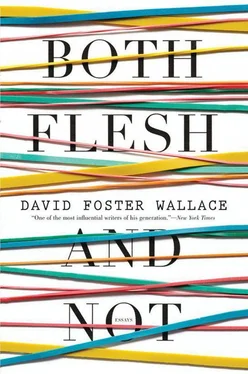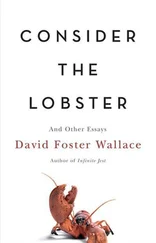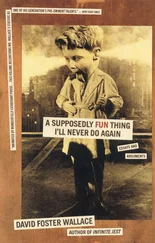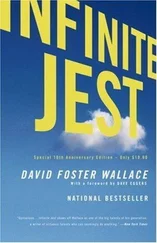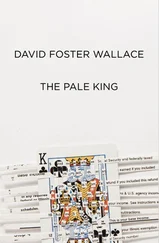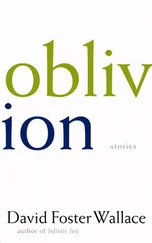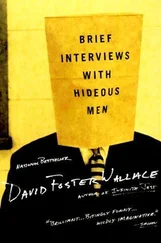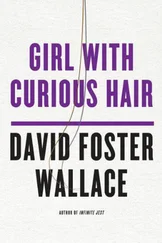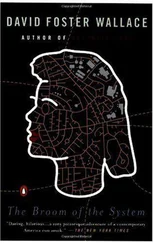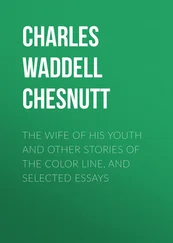
you can see them, Them, coming, an enormous serpentine mass, the crowd, still at 1615h. coming, what looks from this distance like everybody in New York City who hasn’t retreated to the Hamptons for the long summer weekend. The U.S. Open is a big deal for NYC. Mayor Dinkins is gone — the Dinkins who used to reroute landing patterns at LaGuardia just for the Open — but even under Rudy Giuliani, for a fortnight a city that ordinarily couldn’t give two chomps of its gum for a sport as patricianly non-contact as tennis is into the game in a very big way. Thirty-year-old arbitrageurs in non-rented tuxes at the Bowery Bar dissect various men’s matches and speculate on how Seles’s hiatus from the game will affect her endorsement contracts now that she’s back. Croatian doormen bemoan Ivanisevic’s early departure. On the subway, a set of tough chicks in leather and fluorescent hair concur that even though Graf and Seles and that Spanish what’s-her-face with the hymen 16in her name might rule, let’s don’t for a m.-fucking second count out the U.S.’s Zina G. ’cause this is her swan-song before the like bow-out. Or e.g. Friday, 1 September, the day after Agassi’s five-set comeback against Corretja, a Lebanese driver on the Grey Line bus in from LaGuardia and a cigar-chewing old passenger he doesn’t know from Adam bond over their shared assessments of Agassi’s rehabilitation as a man:
“It is like he used to be brat, arrogant — you know what I am saying?”
“He grew up is what you’re saying. Now he’s got balls.”
“Last night, this was a great game he played. This is what I am saying.”
“He used to just be this hairball. Now he grew up. Now he’s a person .” 17
But so they’re coming, 40,000 yesterday and 41,000 today, ready to shell out $25–$30 for a ticket if they can even get one. 18They come by infernal and Stygian IRT subway out to the end of the #7 line, the Shea-Willets stop. They converge on NE Queens via the Van Wyck and L.I. and Whitestone Expressways, the Interborough, the Grand Central Parkway, the Cross Bay, bringing much ready cash and whatever religious medals apply to parking spaces. City dwellers navigate by limo, cab, or bus the empty canyons of L.D.W.’s Manhattan, bound for 36th St. and the Tunnel or 59th and the Queensborough Bridge, then travel forever 19up Northern Boulevard, bringing coolers and blankets and rackets and butt-cushions with GIANTS and JETS on them and sunscreen and souvenir hats from last year’s Open, up Northern Blvd. under circling air traffic until the landmarks start emerging — the squat neutron-blue ring of nearby Shea Stadium; the huge steel armillary sphere and Tinkertoy-shaped tower of the ’39 World’s Fairgrounds that adjoin the National Tennis Center in Flushing Meadow Corona Park 20; or (if coming in from the S-SW) the massive exoskeleton of a whole new N.T.C. Stadium Complex, incomplete and deeply eerie as seen from the Grand Central Pkwy., a huge exposed ribcage looming over fields of raw dirt and construction-site clutter and dumpsters from the New Style Waste Disposal Co., w/three huge canted cranes motionlessly erect against the northern horizon. No labor is under way on the new Stadium this Labor Day Weekend except for two hard-hatted and forlornly bored Security guys patrolling inside the site’s fence.
The N.T.C.’s Main Gate is on the grounds’ NE side, connected to the #7 train’s subway stop and parking lots by a broad blacktop promenade that leads from the commuter stations south past Park Rangers’ offices and a couple of big open communitarian circles — the kind of open urban venues that look like they ought to have spurting fountains in the center, though these don’t — with green benches and complex skateboarding and vigorous sinister underground commerce. At some point the promenade curves sharply west so that the Open’s moving crowds pass within sight of rampant picnicking and soccer in F.M.C. Park (the “Meadow” part, apparently); then the walkway’s final blacktop straightaway’s enclosed by high fences topped with flags of all nations as you head for the parallel lines for actual entry at the tournament’s Main Gate, the Gate’s own tall fencing black iron and almost medievally secure-looking and itself topped only by good old U.S. flags, with the Open’s/U.S.T.A.’s familiar greeting and self-assertion in bright brave 160-point caps on a banner hanging over the turnstiles, of which turnstiles there are six total but never more than three in actual operation. The turnstiles are only for those who already have tickets 21—the East-Bloc-length line for AM tickets at the Box Office evaporates every day by around 1100h., when stern megaphones announce the day’s sellout.
Besides the Stadium/Grandstand, there are three other N.T.C. “Show Courts,” i.e., courts with serious bleachers. At 1640h., Court 16 is running men’s doubles with Eltingh-Haarhuis, the world’s #1 team, and its little wedge of aluminum stands isn’t even full. American tennis crowds seem decisively singles-oriented. Court 17 has Korda and Kulti against the Mad Bahamian Mark Knowles 22and his 1995 partner Daniel Nestor, the Canadian who’s fun to watch because he looks so much like an anorectic Mick Jagger. 23Court 18 has women’s doubles with four players whose names I don’t recognize and exactly thirty-one people in the stands. (All four of the females on 18 have bigger forearms than I do.) Natasha Zvereva, looking incomplete without Gigi, is warming up against Amy Frazier in the Grandstand. In the Stadium, Philippoussis and Sampras have split the first two sets, 6 and 5. What a big match sounds like outside the Stadium is brief strut-rattling explosions of applause and whistles and then the odd flat amplification of the umpire speaking into the abrupt silence his speaking has created. Daniel Nestor’s last name, while also Hellenistic, is Homerian, 24thus allusive to a wartime way before Athens v. Sparta. The fact that Sampras has won so many Grand Slam titles may have a lot to do with the fact that Slams’ males’ matches are the best of five sets. Best-of-fives require not just physical endurance but a special kind of emotional flexibility: in best-of-fives you can’t play with full-bore intensity the whole time; you have to know when to kind of turn it on and when to lay back and conserve your psychic resources. 25Philippoussis won the tie-break of a first set in which you got the impression that Sampras was sort of adjusting the idle on his game, trying to find the exact level he needed to reach to win. The suspense of the match isn’t so much whether Sampras will win but how hard he’ll have to play and how long it’ll take him to find this out. Philippoussis hits very hard but has no imagination and even less flexibility. He’s like a machine with just one gear: unless forced out of his rhythm by a wide-angle shot, he moves exclusively in forward-backward vectors. Sampras, on the other hand, seems to float like dander all over the court. 26Philippoussis is like a great and terrible land army; Sampras is more naval, more of the drift-and-encircle school. Philippoussis is oligarchic: he has a will and seeks to impose it. Sampras is more democratic, i.e., more chaotic but also more human: his real job seems to be figuring out what his will exactly is . Not a lot of people remember that Athens actually lost the Peloponnesian War — it took thirty years, but Sparta finally ground them down. Nor do most people know that Athens actually started the whole bloody thing in the first place by picking on maritime allies of Sparta who were cutting into Athens’s sea trade. Athens’s clean-cut nice-guy image is a bit overdone — the whole exhausting affair was about commerce right from the beginning.
Читать дальше
